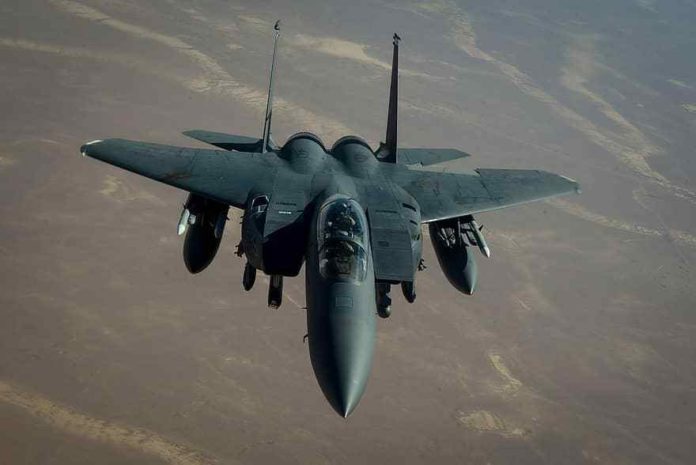Optomec has signed a $1 million contract with The US Air Force to deliver a range of metal additive manufacturing equipment for refurbishing turbine engine components, including titanium parts.
These high-volume production machines include an automation system for batch processing, an oxygen-free controlled atmosphere, and an adaptive vision system.
This automated additive repair system will be capable of processing tens of thousands of repairs per year, with an initial focus on tip refurbishment for turbine blades. Optomec will also assist the US Air Force in developing optimal process parameters for a range of target repairs. The solution will be installed at Tinker Air Force Base, in Oklahoma City, which already hosts a world class comprehensive aircraft engine overhaul capability.
In a recent survey, Optomec reports that its customers refurbished over 10 Million turbine blades using its metal 3D printing technology. The addition of Air Force to this list of customers will only increase the number of metal AM applications in the MRO field, not to mention that Air Force is on the right way to save money.
The US Air Force spends billions of dollars annually servicing the engines of its military aircraft, an activity referred to as MRO (Maintenance, Repair and Overhaul). More broadly, there is a $50 Billion a year global market for Aircraft Engine MRO across all commercial and military aviation combined. A large part of the expenditure is tied to the replacement of worn or damaged components with newly made parts. In contrast, Optomec’s Metal Additive Repair solutions enable restoration of the existing parts, with a demonstrated cost savings of up to 70%. In addition to significant cost savings, the Air Force will benefit from shortened, more predictable lead times and reduced supply chain dependencies, which translates to improved readiness for our military.
Optomec’s metal additive repair solution is based on its proprietary LENS technology, which was first commercialized more than 20 years ago. LENS uses a process called Directed Energy Deposition (DED) in which a highly concentrated stream of metal powder is jetted into a molten pool created by the focus of a laser beam. By precisely controlling the melt pool and the powder flow, a high performance metal structure is built up, either in the form of a fully printed part or as a local deposit onto an existing component to repair it.
“Optomec is proud to be serving our military. We have been processing titanium for years, but not in high-volume, oxygen-free production cells, although Optomec has developed automated, high-volume production cells for other alloys,” said Jamie Hanson, VP Business Development at Optomec. “The challenge given to us by the Air Force was to provide a system based on commercially proven capabilities that meet their production and technical requirements. We will be providing a first of a kind machine with automation that enables virtually uninterrupted production in an oxygen-free environment. This capability will help enable the broader aerospace industry by meeting its cost-reduction goals going forward. We would like to thank the Air Force Rapid Sustainment Office and AFWERX for the opportunity and the streamlined process that enabled this contract.”
Remember, you can post AM job opportunities for free on 3D ADEPT Media or look for a job via our job board. Make sure to follow us on our social networks and subscribe to our weekly newsletter: Facebook, Twitter, LinkedIn & Instagram! If you want to be featured in the next issue of our digital magazine or if you hear a story that needs to be heard, make sure to send it to contact@3dadept.com






